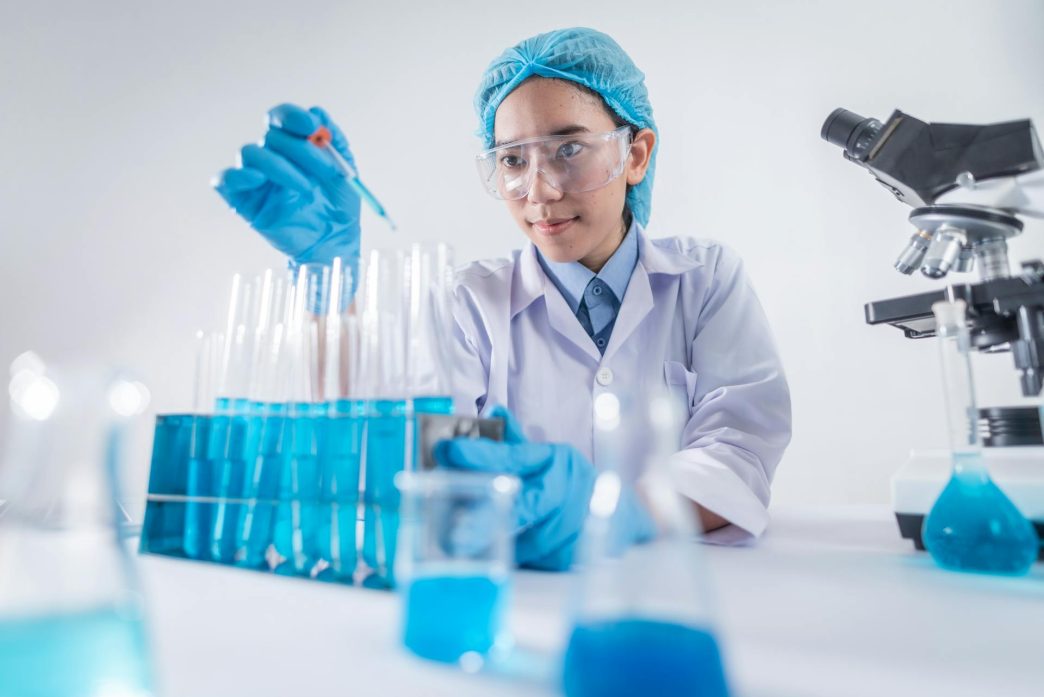Education lies at the heart of every thriving healthcare system. From doctors and nurses to administrators and technicians, every professional’s ability to deliver quality care depends on what they learn, how they train, and how they continue to grow. The healthcare industry evolves every day with new technologies, treatment methods, and patient care models. To keep up, professionals need more than basic qualifications—they need lifelong learning opportunities. That’s where education steps in, transforming classrooms into the foundation of better hospitals, improved patient outcomes, and stronger communities.
The journey from education to application shows how knowledge truly saves lives.
Bridging the Gap Between Theory and Practice
A strong healthcare system relies on professionals who can apply what they’ve learned in real-life situations. Education bridges the gap between theory and practice by allowing students to transition from books to bedside care. Clinical rotations, internships, and simulation training give learners a safe environment to build confidence and gain hands-on experience. These practical opportunities teach students how to make quick decisions, handle emergencies, and communicate effectively with patients and colleagues. Without this real-world exposure, even the best classroom lessons fall short. A well-structured education ensures that healthcare professionals can combine medical knowledge with empathy, precision, and professionalism once they enter the workforce.
How Education Shapes the Patient Experience
The level of education in a healthcare facility influences every patient interaction. Administrative staff who understand medical systems and communication protocols make appointments smoother and more efficient. They can explain procedures clearly, manage patient information accurately, and coordinate care effectively. On the other hand, under-qualified staff may cause confusion, long waiting times, or errors that hurt patient trust.
Institutions like Northern Kentucky University have made it easier for healthcare employees to upgrade their skills through online MHA programs. These flexible options allow professionals to advance their knowledge while continuing to work. With more educated administrative and management teams, patients benefit from organized, respectful, and responsive care. The result is a more positive experience from the moment they walk through the door to the time they leave.
The Rise of Continuing Education in Modern Healthcare
In a field that evolves as fast as healthcare, learning can’t stop at graduation. Continuing education keeps professionals current with the latest research, technology, and safety practices. It also ensures compliance with updated laws, ethical standards, and medical guidelines. Nurses, doctors, and administrators often attend workshops, conferences, or online courses to refine their skills and adapt to changing needs.
Hospitals and universities recognize the importance of lifelong learning and now encourage their staff to pursue continuing education credits or specialized certifications. This culture of growth builds confidence and competence among employees. Patients ultimately benefit when their caregivers are informed about new treatments, diagnostic tools, and care methods.
Educating the Educators: Building Strong Training Programs
Behind every skilled healthcare professional stands a knowledgeable educator. Teachers, trainers, and mentors play a crucial role in shaping how healthcare is practiced. When educators receive proper training, they can design engaging, evidence-based programs that prepare students for real-world demands. Hospitals and universities are investing more in professional development for instructors, ensuring they can use modern teaching tools and foster critical thinking.
Strong education programs create confident learners who understand both the science and the human side of healthcare. By training educators effectively, institutions guarantee that every generation of healthcare professionals is better prepared than the last. This approach strengthens the entire system from within and ensures that learning never loses relevance or quality.
The Role of Technology in Healthcare Education
Technology has revolutionized how healthcare professionals learn. Virtual simulations, online courses, and interactive labs allow students to practice skills safely before they treat real patients. These tools make complex procedures easier to understand and give learners the chance to make mistakes and correct them without risk.
Online platforms also make education accessible to people who can’t attend traditional classes due to work or location constraints. Professionals can now balance full-time jobs with studies, gaining new qualifications without stepping away from their careers. Technology also helps connect students and teachers across the world, fostering collaboration and exposure to diverse perspectives.
Interdisciplinary Learning: Collaboration Across Fields
Healthcare depends on teamwork. No single professional can deliver complete care alone. Interdisciplinary education teaches students from different specialties to work together, understand each other’s responsibilities, and make coordinated decisions. When doctors, nurses, pharmacists, and administrators learn side by side, they develop stronger communication and problem-solving skills that carry into their professional roles.
Collaboration between disciplines also reduces errors and improves efficiency. For example, when nurses understand how administrative systems work, or when doctors appreciate the logistical challenges of scheduling and billing, it creates smoother workflows. Educational programs that emphasize teamwork foster respect among departments and help professionals see the bigger picture of patient care.
Global Education and Its Impact on Healthcare Standards
Healthcare education has become increasingly global. Professionals today can access international training programs, conferences, and online courses that expose them to different medical systems and cultural practices. This global exchange of knowledge helps raise care standards around the world.
When healthcare workers learn from global experts, they gain insights into new technologies, patient engagement methods, and healthcare delivery systems. These lessons lead to innovation and improved efficiency in local hospitals.
The strength of any healthcare system depends on how well its people are trained. From theoretical foundations to practical applications, education shapes every level of care. When institutions invest in learning—from staff training to leadership development—they invest in better outcomes for patients and professionals alike. As technology advances and healthcare programs become more accessible, education continues to lead the transformation of healthcare. The link between classrooms and clinics has never been stronger, proving that continuous learning truly lies at the heart of progress and compassion in medicine.














